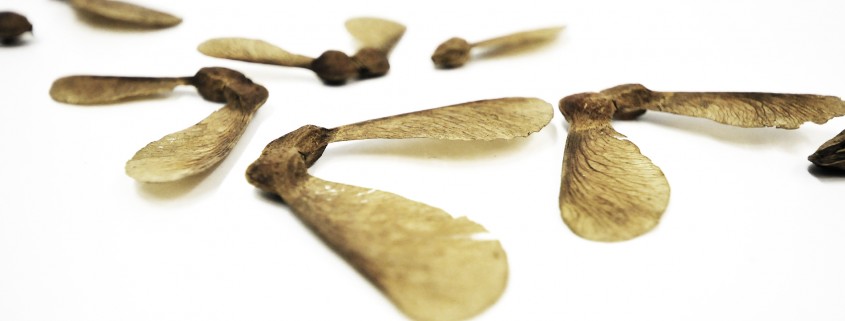How can an unmanned helicopter land safely even after its engine fails? The answer can be found in flights of maple tree seeds, as researched by NLR’s Skander Taamallah.
Little helicopters
The seeds of the maple tree – nicknamed ‘little helicopters’ – are constructed in such a way that as they fall they create lift and hence fall slowly towards the ground. These flight conditions (i.e. auto-rotation) ensure that the wind can spread the seeds far and wide. “When the maple leafs fall, they turn like a helicopter in auto-rotation. Consequently, I used this — Mother Nature’s seed spreading concept – during my PhD research to allow for safe landings of unmanned helicopters,” Skander Taamallah says.
Auto-rotation is the effect that occurs when the engine of a helicopter stops working, whereby the main rotor and tail rotor are still able to rotate freely. If a helicopter has enough height and/or speed, the rotors will keep turning, thus allowing the helicopter to enter a gliding flight and land safely.
About
Skander Taamallah began by modelling the dynamics of a small-scale helicopter, which he then studied in a simulated helicopter environment. His next step was to calculate the optimal flight path of the unmanned helicopter whose engine had failed. To establish its optimal flight profile, he established the speeds at which the unmanned helicopter would be travelling for all altitudes, from the start of the descent to landing. Skander Taamallah concluded his PhD research by developing a control algorithm, which ensured that the helicopter would remain flying as close as possible to the optimal flight path during the entire descent.
Skander Taamallah however still faces a key challenge: in order to validate his simulations, he intends to use a small-scale, unmanned helicopter to test the automated auto-rotation during a real flight. We eagerly look forward to it!
He received his PhD from TU Delft on September 18th 2015.



